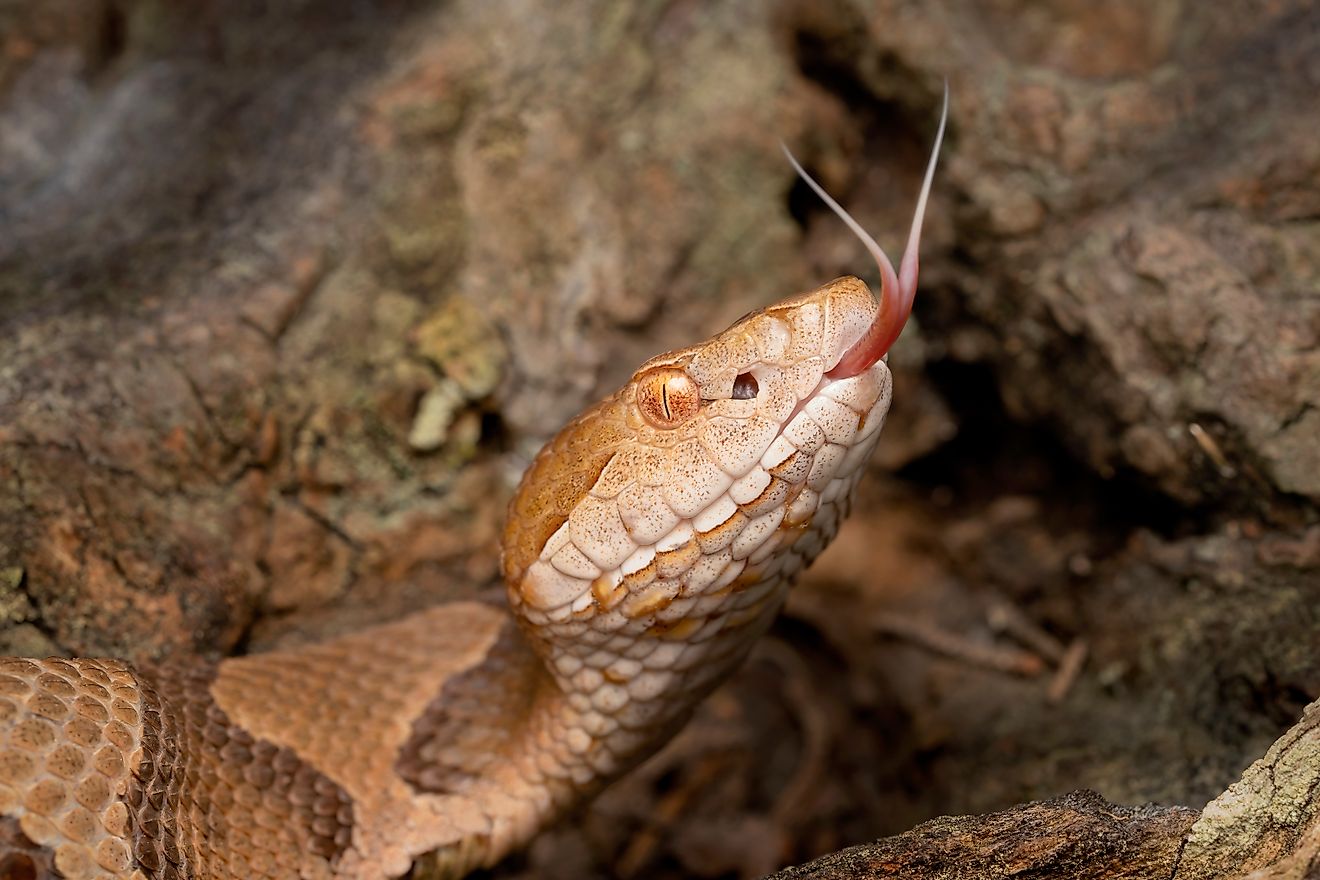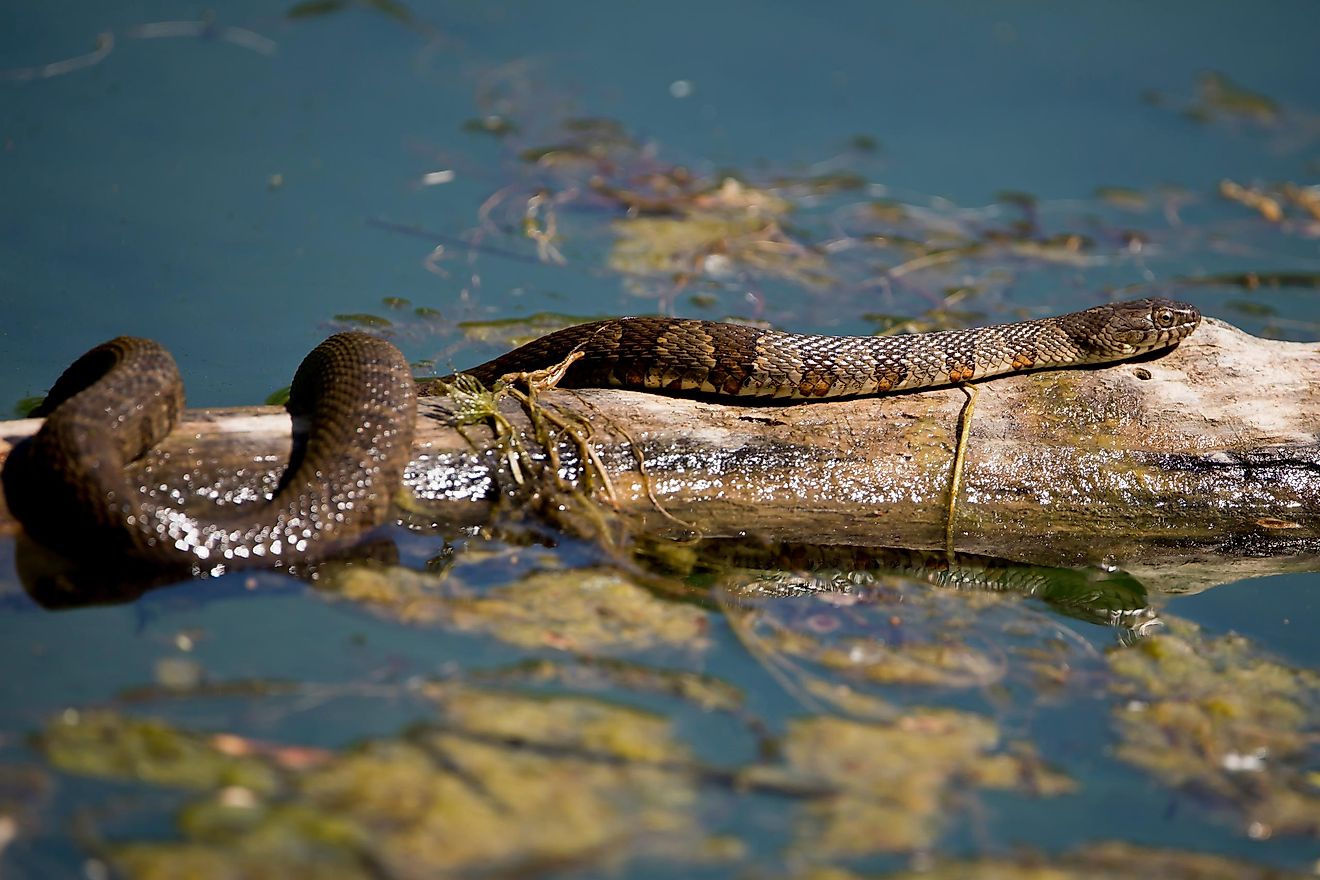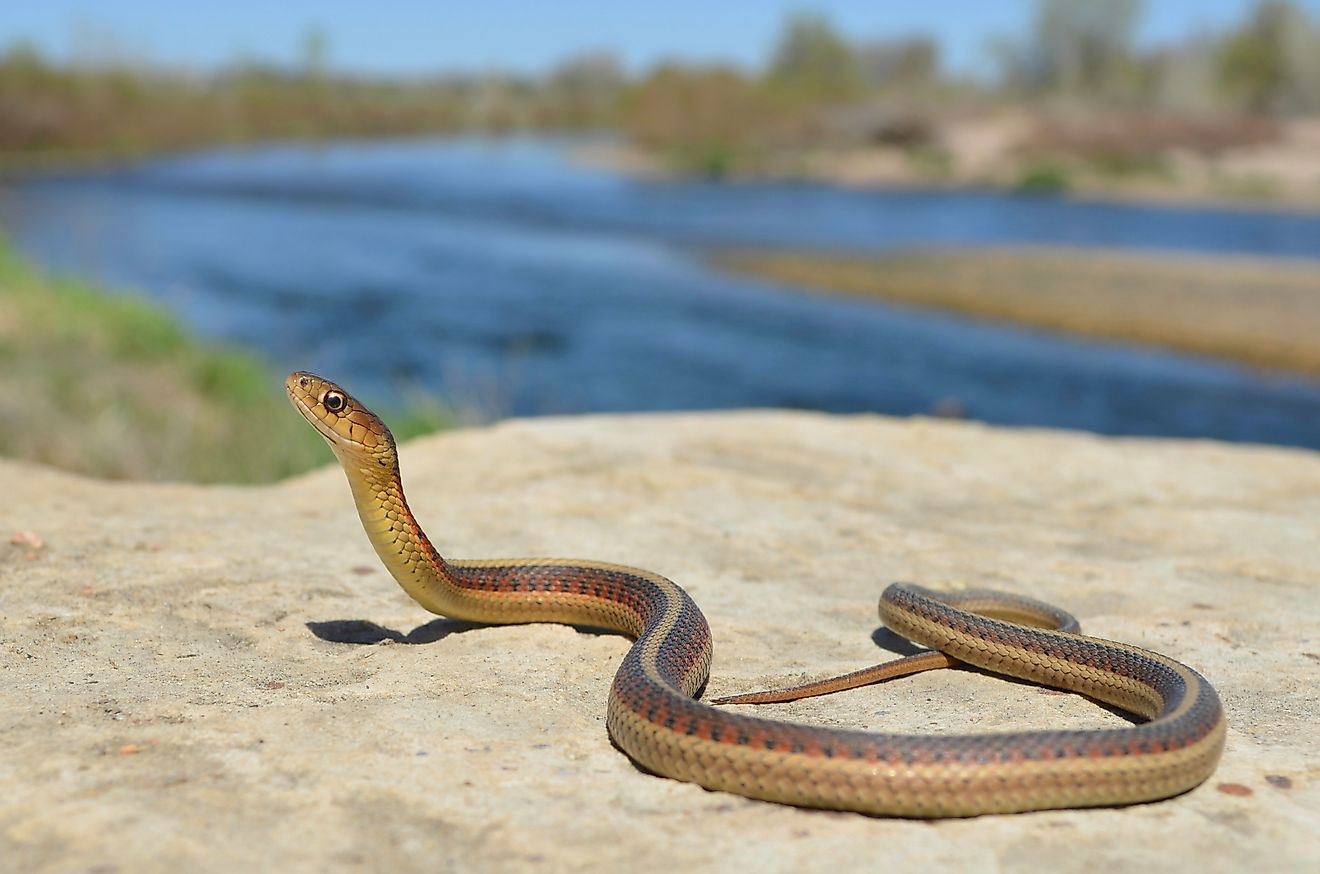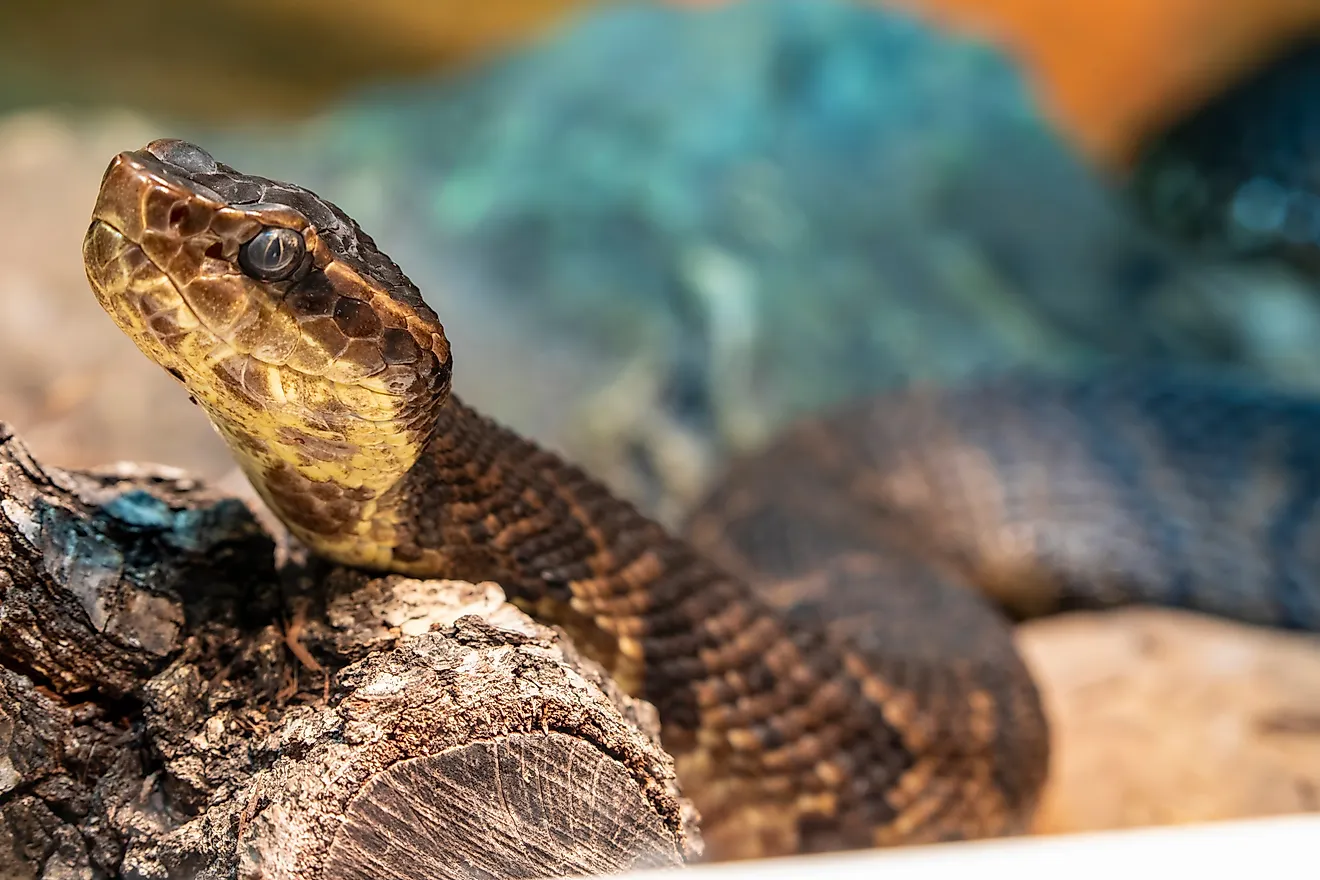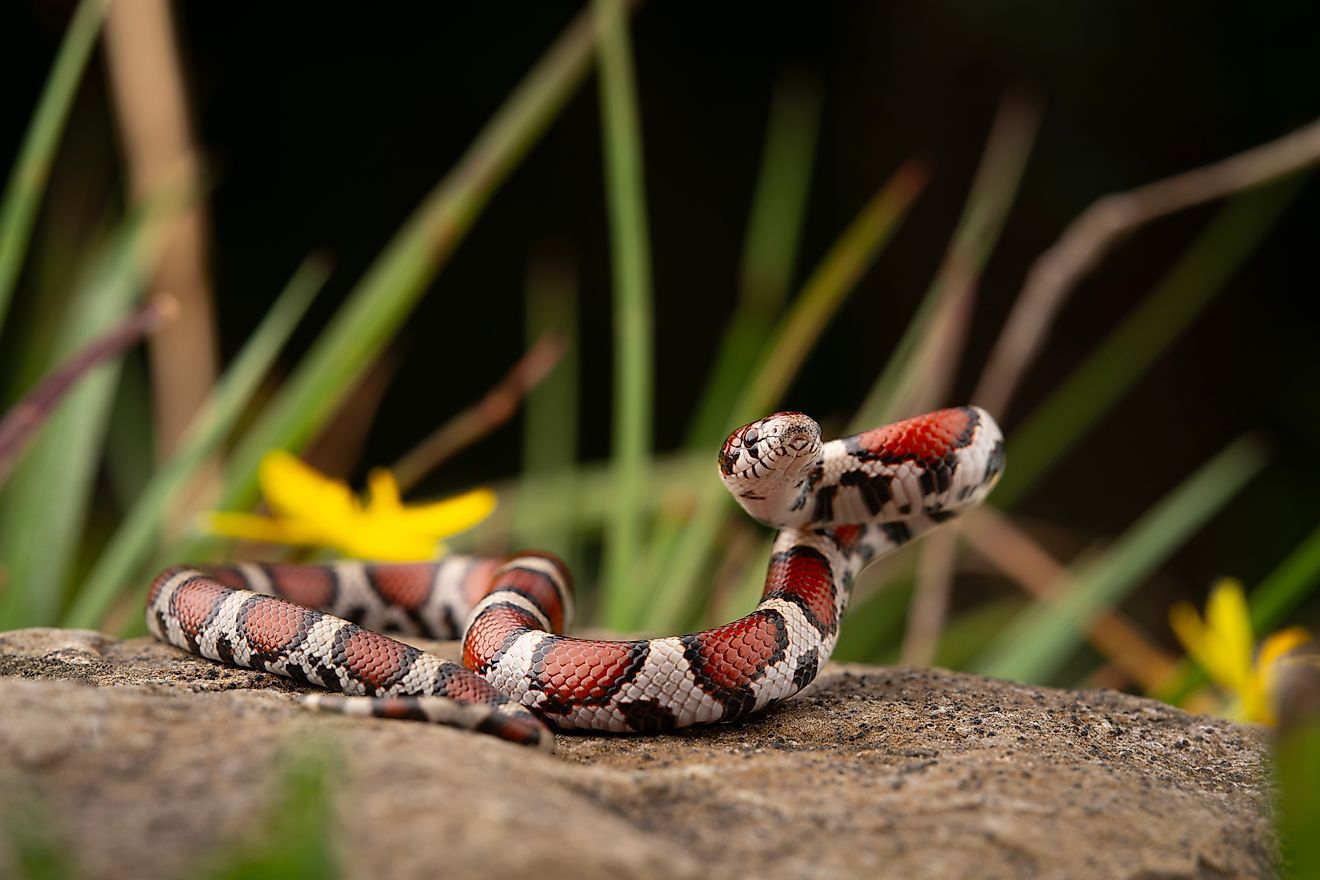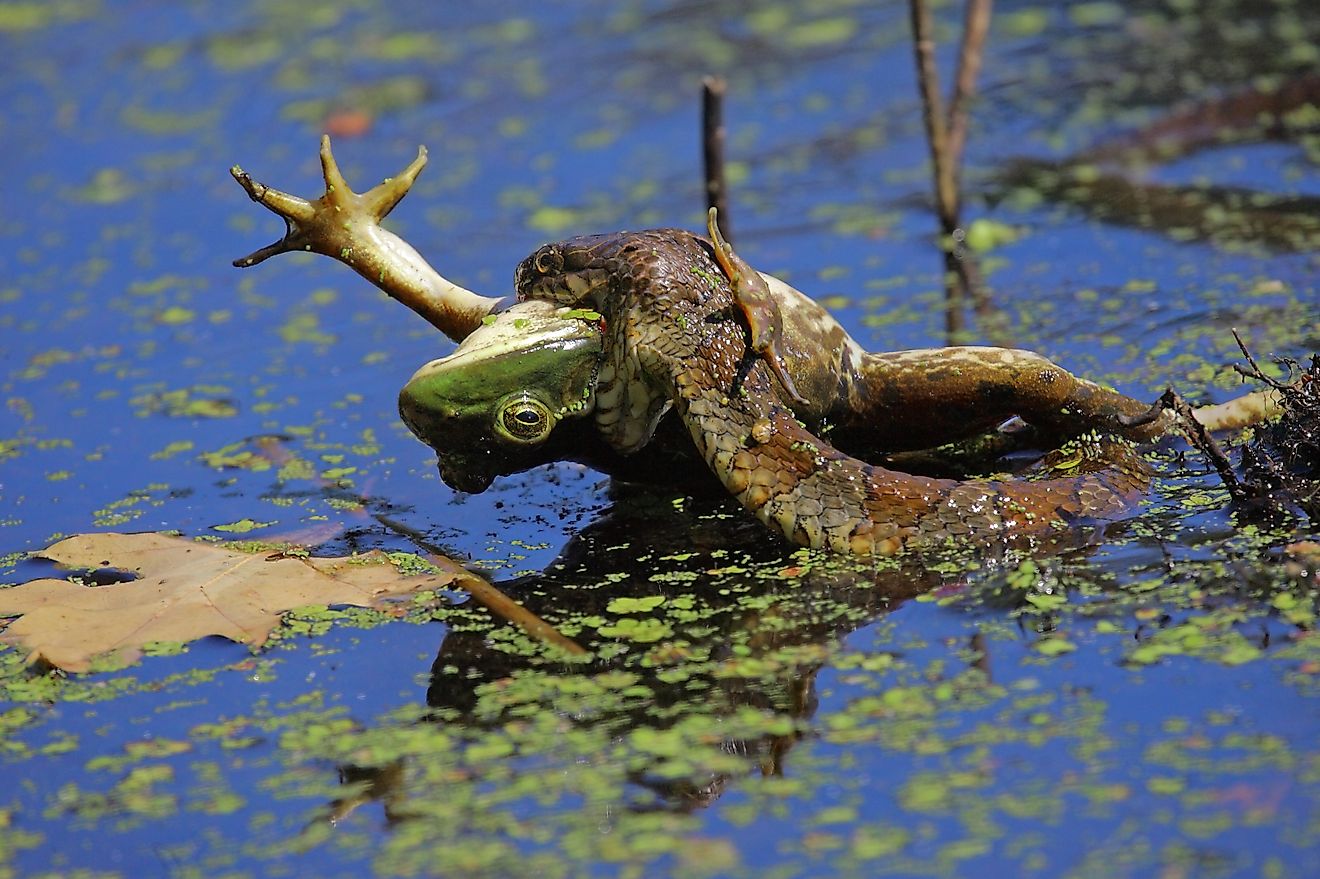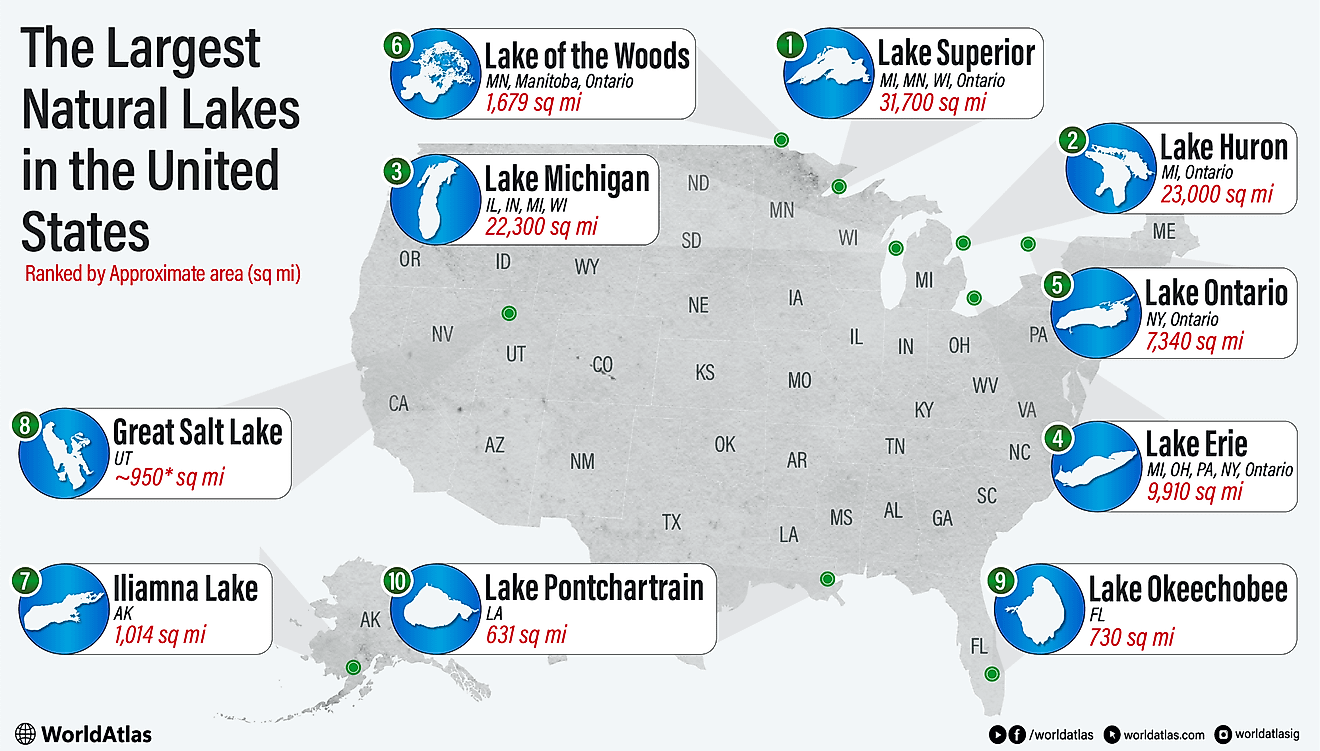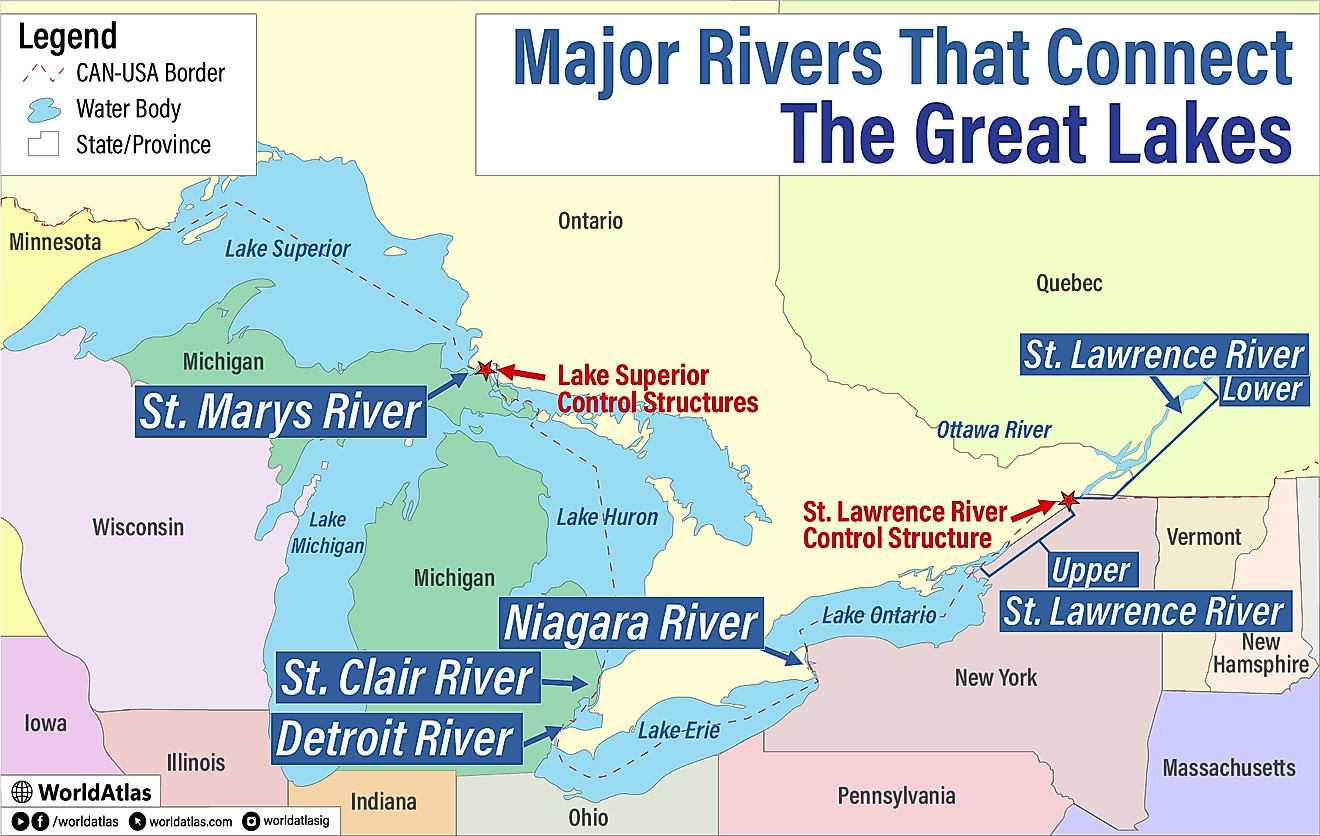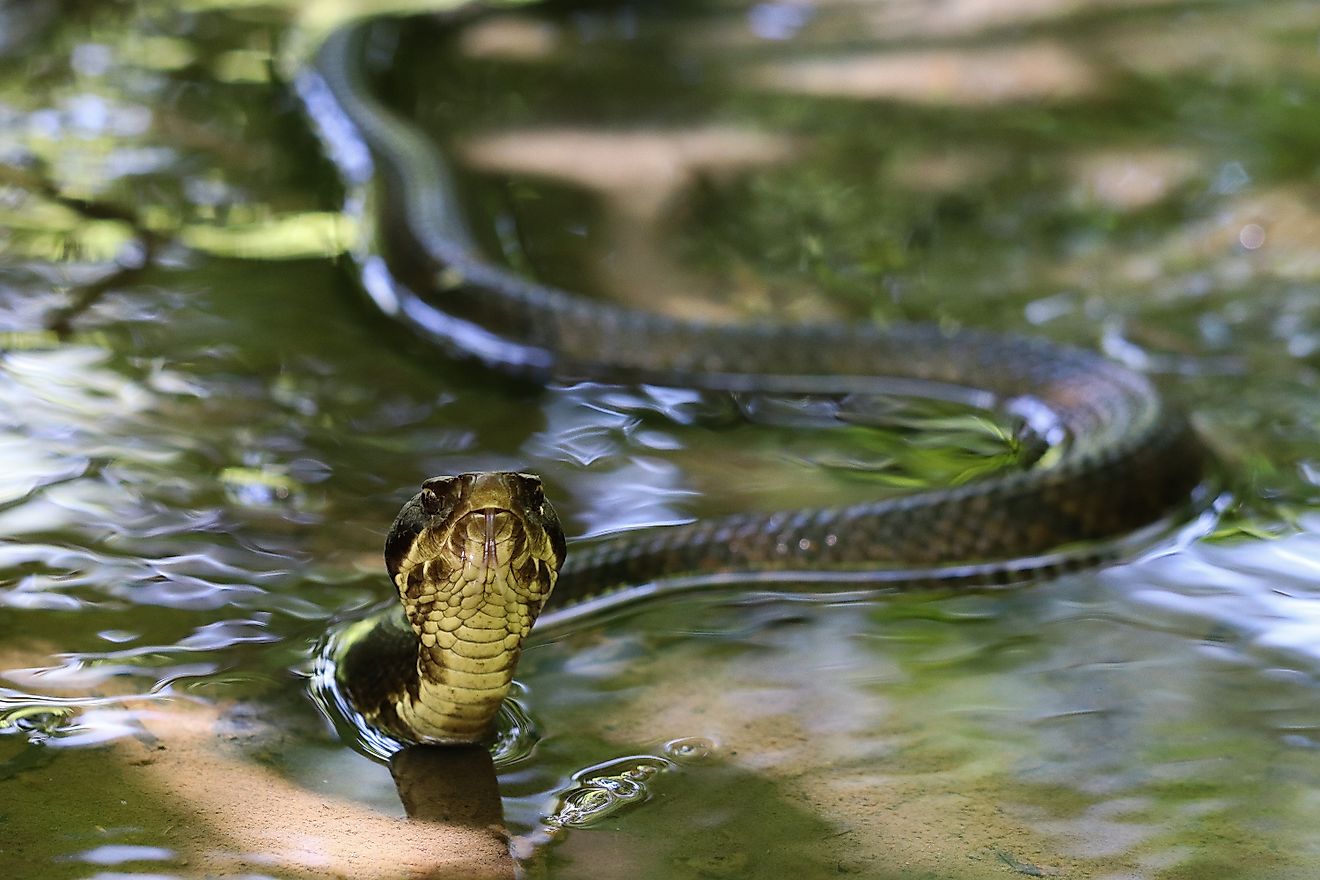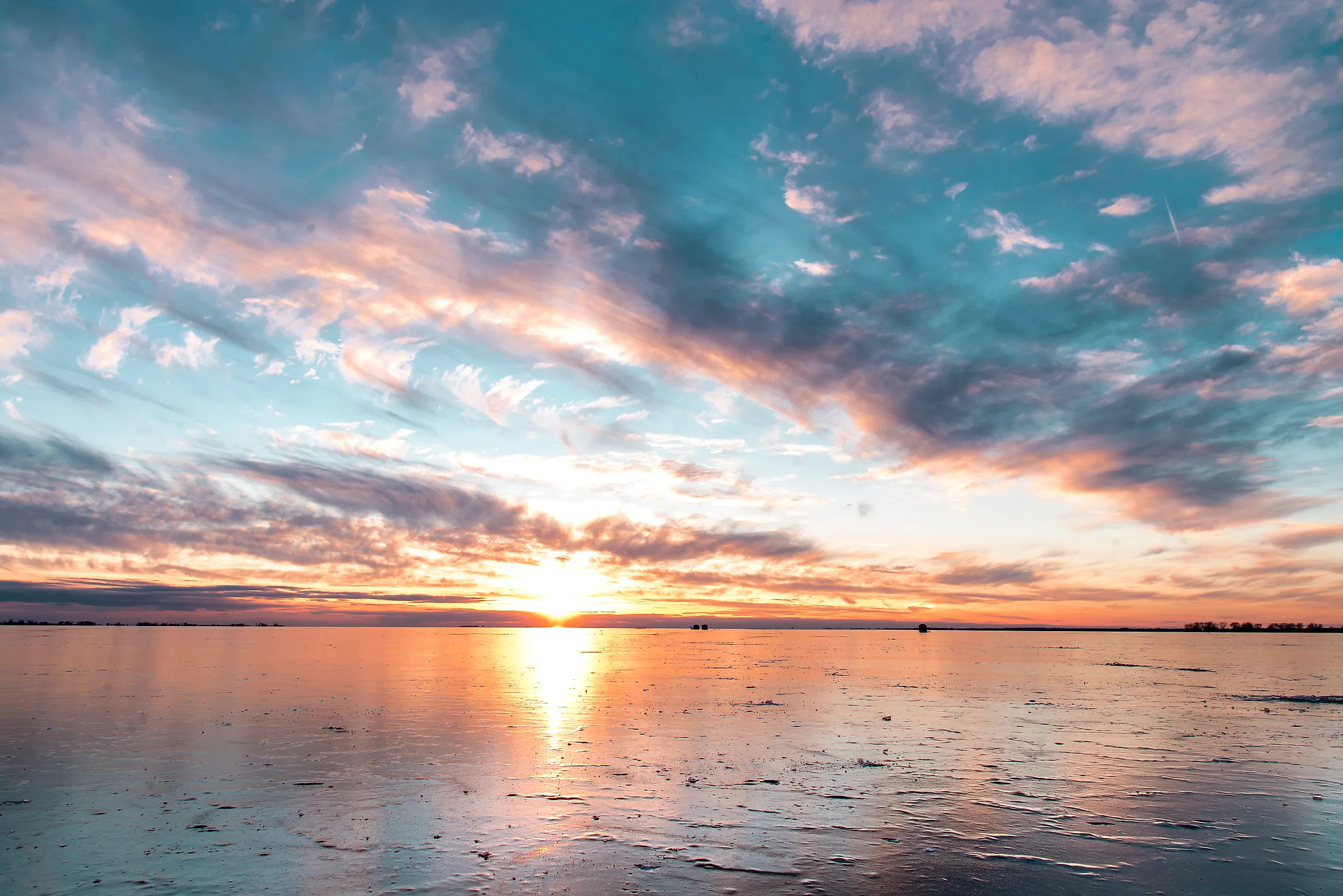
5 Most Snake-Filled Bodies Of Water In Michigan
Michigan is one of the most scenic states in the Great Lakes region, boasting over 3,000 miles of coastline. These areas are full of diversity, and the Great Lakes State abounds with all sorts of wildlife, including snakes. Home to 18 native snake species, these snakes are a vital part of the local ecosystem, found throughout grasslands, marshes, cities, and more. Thankfully, only one of these species is venomous; the eastern massasauga rattlesnake (Sistrurus catenatus), a dangerous ssssslithering reptile.
While these snakes can creep up on you anywhere in the state, water bodies are among the most dangerous. The damp environment and abundance of debris create an ideal area for snakes to hide, breed, and hunt. From Lake Michigan to the Lower Peninsula’s Huron River, these bodies of water are some of the most snake-infested in the state.
Huron River
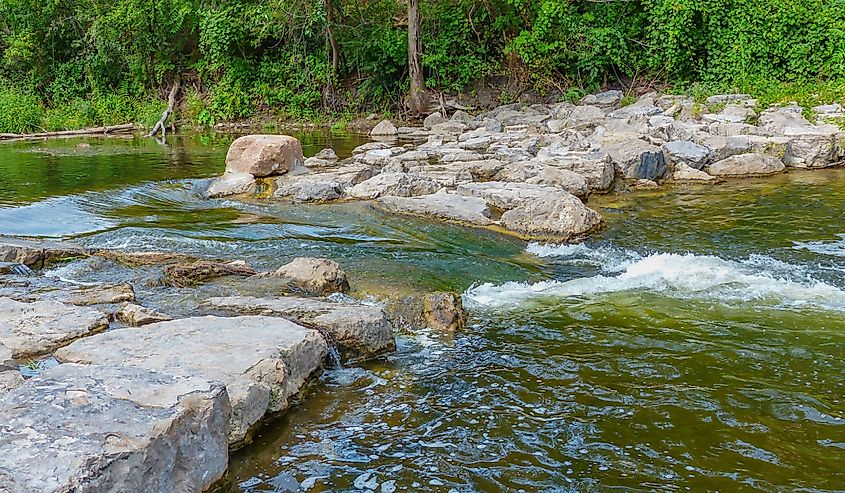
The Huron River is a 130-mile (210 km) long river in Michigan, stretching from the Huron Swamp to Lake Erie. It is primarily located in southeastern Michigan and has a watershed that drains 908 square miles (2,350 sq km), making it one of the state’s prominent rivers. To this end, tourism and wildlife abound throughout, with popular areas like Ann Arbor, Rockwood, and the Indian Springs Metropark resting along its shores. Outdoor activities are plentiful, with kayaking and canoeing being some of the most popular, as well as fishing for the rock bass, sunfish, and Coho salmon found here.
In addition to the fish in the water, snakes are also a popular sight here. The slow-moving waters are ideal for many species, including the Dekay’s brownsnake (Storeria dekayi), northern watersnake (Nerodia sipedon), and garter snakes (Thamnophis sirtalis). While these are nonvenomous, the eastern massasauga rattlesnake is one you’ll need to watch out for. This species of pit viper is the only venomous snake native to Michigan, identifiable by its dark brown/black coloration with brown spots along its back and alternating spots on its side. The average adult is on the shorter end for rattlers, ranging between 18 and 30 inches (60 and 75 cm). This also means they have a smaller venom yield, and bites are rarely fatal. However, don’t take these snakes lightly, as their cytotoxic venom can lead to tissue damage, so urgent medical care is vital.
Lake St. Clair
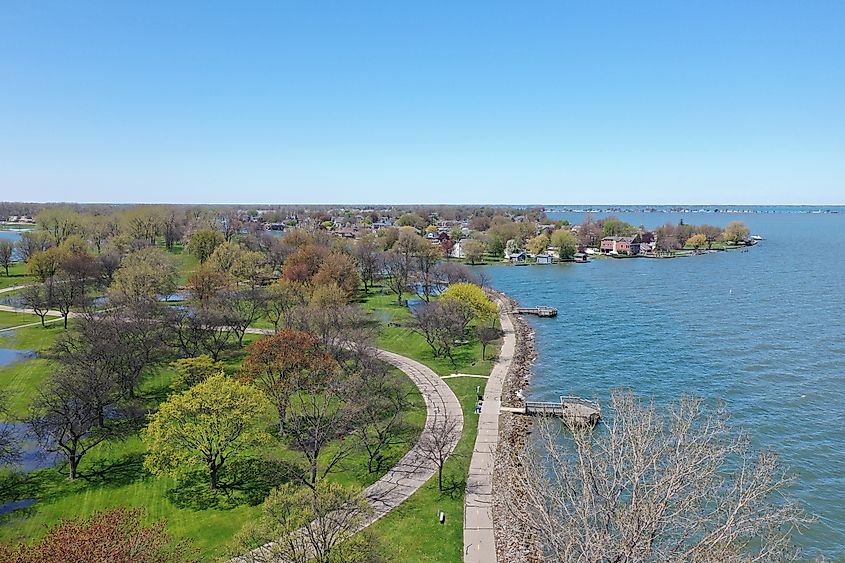
Part of the Great Lakes system but not technically one of the “Great Lakes,” Lake St. Clair is a large freshwater lake in Michigan and Ontario, Canada. Spanning 430 square miles (1,114 sq km) with a shore length of 130 miles (210 km), there is ample space in and around this lake for snakes to call home. Notably, green areas like the St. Clair Flats State Wildlife Area are full of ample breeding grounds, home to large populations of the northern watersnake and eastern garter snake. The former, also known simply as the water snake, is one of the most adept swimmers in the Serpentes suborder. Adults can reach up to 4 feet 5 inches (135 cm) long and boast a gray, brown, or reddish coloration with darker crossbands. They spend most of their time basking along the shore, and are able to swim for long distances and hunt for small fish in the water. While this species is nonvenomous, its strong jaws can lead to pain and bleeding, so it’s best to avoid any slender silhouettes in the water.
Apart from the slightly dangerous snakes, Lake St. Clair is a hub for recreation. Boat clubs and beaches litter the coastline, from the Great Lakes Yacht Club to Belle Isle Beach. Thus, tourism is always thriving, whether people are sunbathing, boating, swimming, or just walking near the shore. The lake is also known for its high-quality water, and many cities source their drinking water downstream from Lake St. Clair.
Lake Michigan
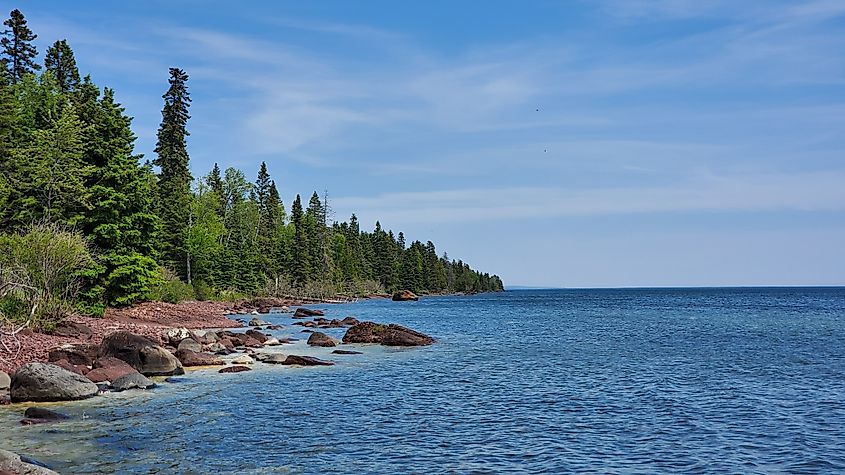
One of North America’s five Great Lakes, Lake Michigan is the second-largest of the group in terms of volume. Spanning 22,404 square miles (58,030 sq km), this body of water is the only one completely located in the United States, with a coast spanning Michigan, Wisconsin, Illinois, and Indiana. From its history supporting Native Americans around 800 AD to the present day as a major tourist landmark and anchor for cities like Norton Shores, this lake is intertwined with American culture, wildlife, and history. Michigan alone has a 1,600-mile-long shoreline with the lake, which has plenty of outdoor areas like Ludington State Park Beach, PJ Hoffmaster State Park, and the Grand Haven State Park. To this end, people are always out swimming, boating, hiking, camping, or fishing along the lake.
With so many people in and near the waters of Lake Michigan, it is good to know which snakes you might run into. While the vast area has many sightings, the most likely are the northern watersnake, eastern garter snake, and eastern hog-nosed snake (Heterodon platirhinos). As the name suggests, the eastern hog-nosed snake has a pointed upturned snout that resembles that of a hog. The snake comes in various colors, from completely black to a mix of red, black, and white stripes. While mildly venomous, a bite from a hog-nosed snake isn’t fatal. At most, it can cause an allergic reaction in some people, leading to swelling and pain. Moreover, adults will hibernate for the winter months, so you only need to watch for them during warmer months.
Lake Fenton
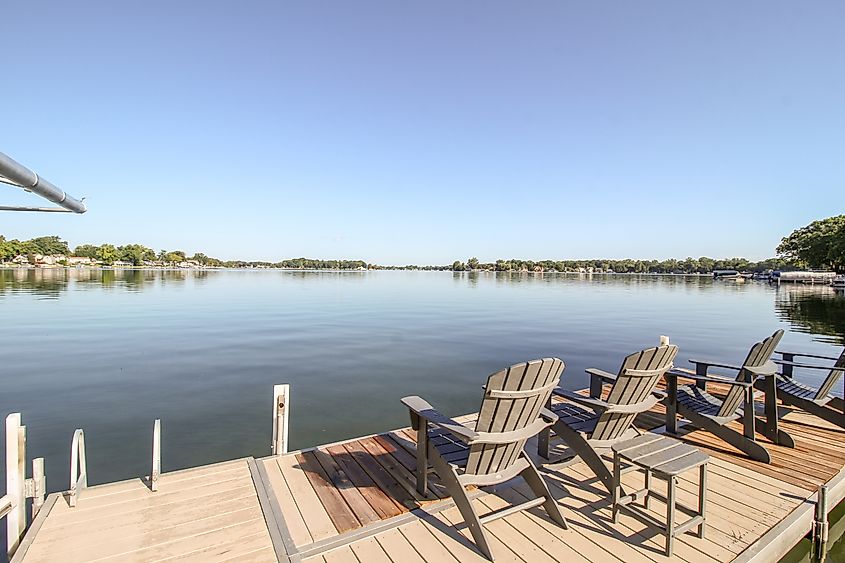
Lake Fenton is the smallest name on this list, yet it is home to one of the most prominent swimmers in the snake world. At just 845 acres in surface area, northern watersnakes are the most common here. Thanks to its swimming ability, it is able to take advantage of the small coastline and 92 feet (28 m) depth to hunt for food and breed. The marine life here, such as bass, pike, and bluegills, also provides a stable diet for water snakes.
You’ll often spot them basking on docks or weaving through the reeds, making them a familiar sight for locals. As they are non-venomous, Lake Fenton is ideal for a relaxing day out in Michigan, and you can hike along the coast or swim in the water without having to worry about a dangerous bite.
St. Clair River
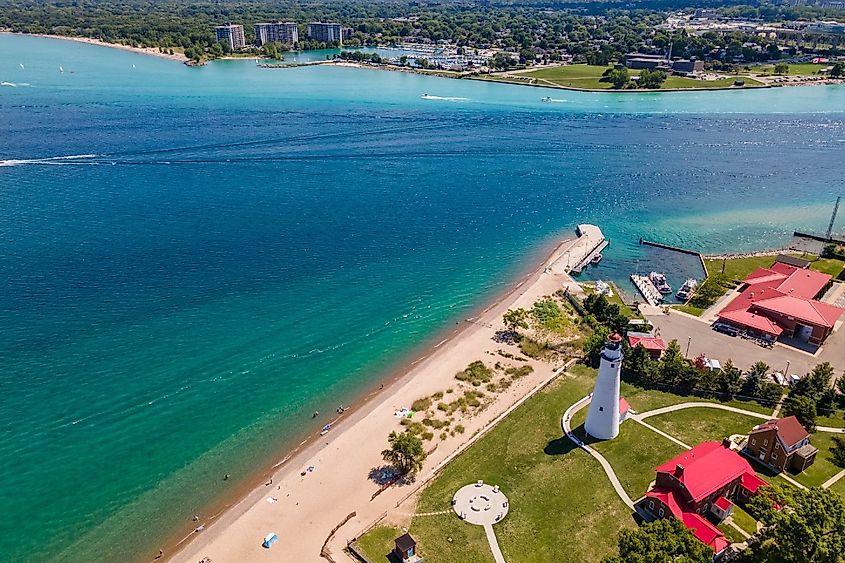
Flowing 40 miles (64 km) between Lake Huron and Lake St. Clair, the St. Clair River forms part of the international boundary between Michigan and Ontario. Its fast-moving waters are a crucial channel for shipping, but they also carve out habitats that sustain diverse wildlife along the marshes and lowland forests bordering the river. Fishing spots like Algonac State Park and the St. Clair Flats attract visitors year-round, while migratory birds flock to its wetlands each season.
Among the creatures that make their home here are several snake species. The eastern foxsnake (Pantherophis vulpinus) is one of the most distinctive, easily recognized by its reddish-brown blotches running along a pale yellow body. Despite reaching lengths of up to 6 feet (183 cm), these snakes are harmless to humans. They are strong constrictors, feeding mainly on rodents and small birds, and are often mistaken for rattlesnakes because of their defensive tail-rattling behavior. Sharing the riverbanks is the eastern milksnake (Lampropeltis triangulum), a secretive reptile that prefers hiding under logs and debris near the water. With gray or light brown scales patterned with darker saddle-shaped blotches, milksnakes can grow up to 3 feet (91 cm) long. Their diet leans toward small mammals and amphibians, and they play a vital role in controlling rodent populations along the water’s edge.
Keep An Eye Out For Snakes When In Michigan
Michigan’s lakes and rivers are some of the most beautiful in the country, but they are also home to a surprising number of snakes. Most, like garter snakes, water snakes, and hog-nosed snakes, are harmless and play an essential role in the ecosystem. The only venomous one is the eastern massasauga rattlesnake, and even it is rarely fatal. As long as you respect their space, you can enjoy Michigan’s waters without worry, sharing the shoreline with these native reptiles.
